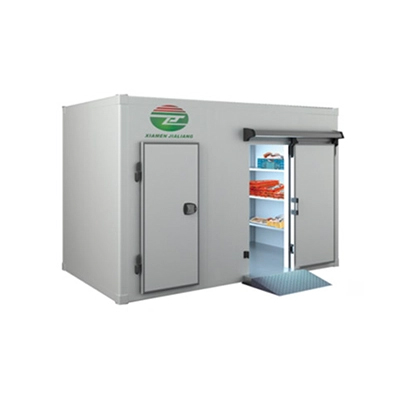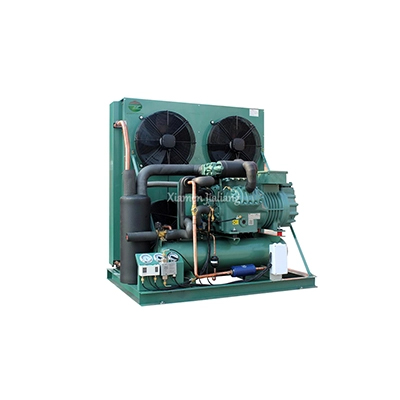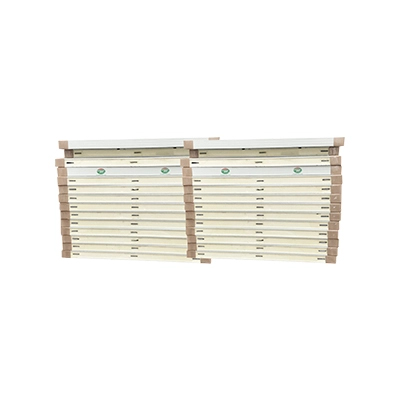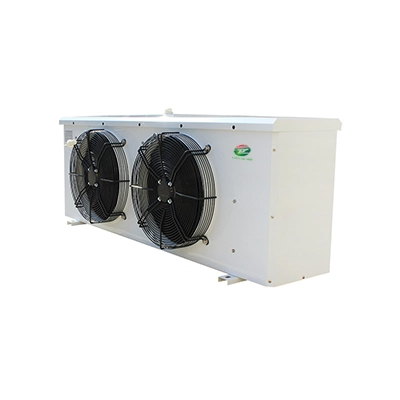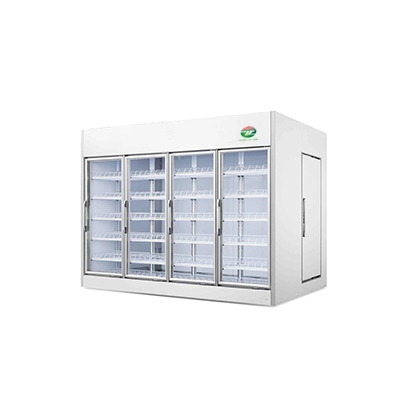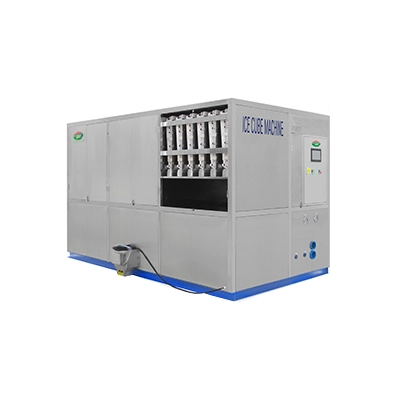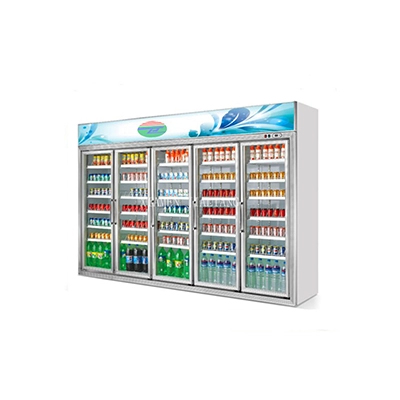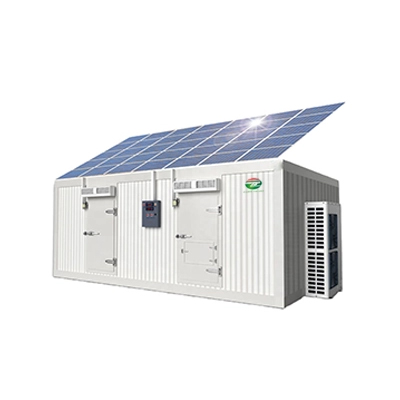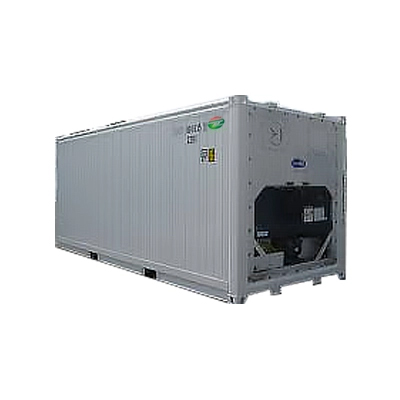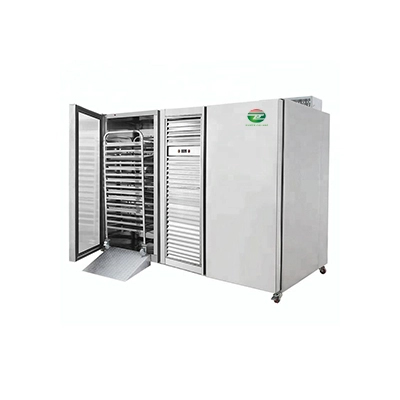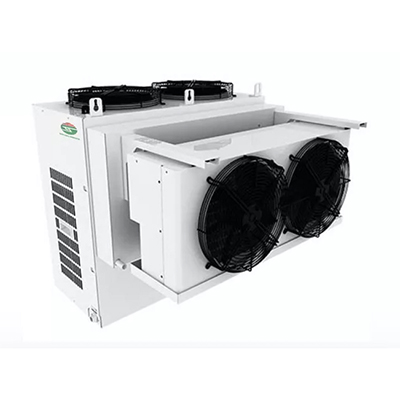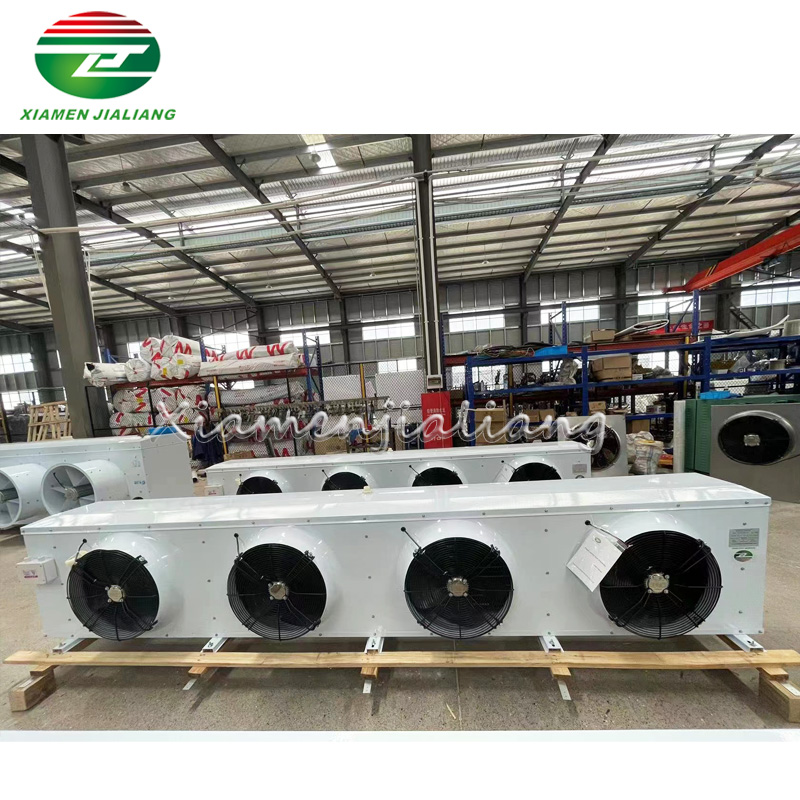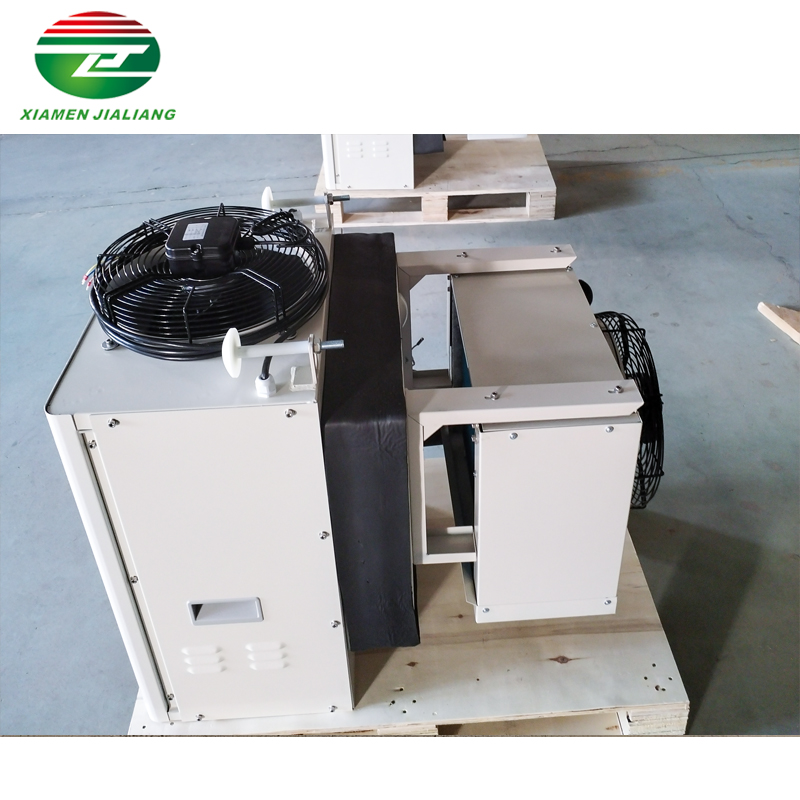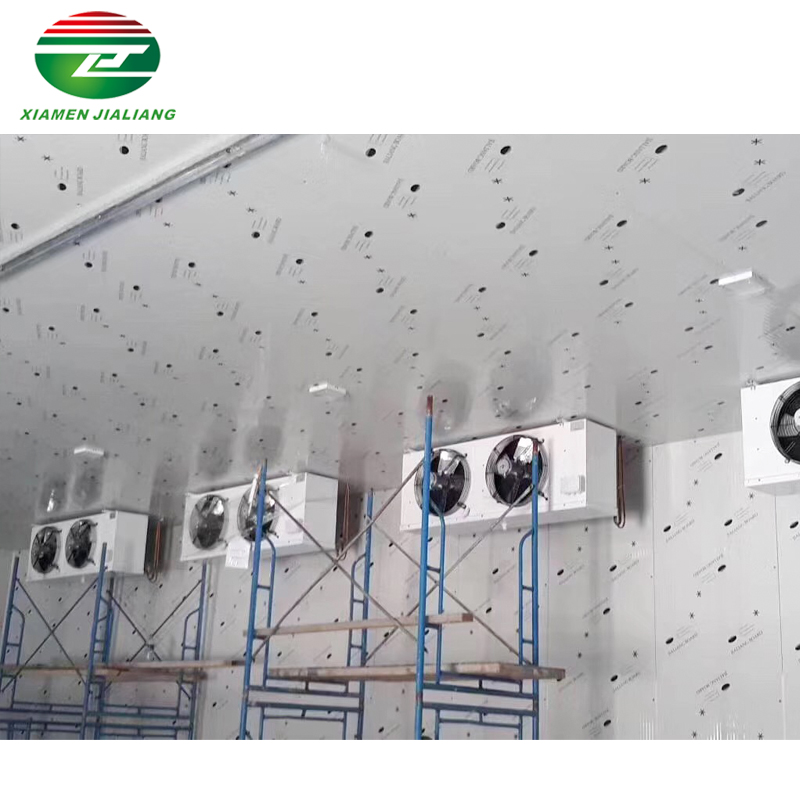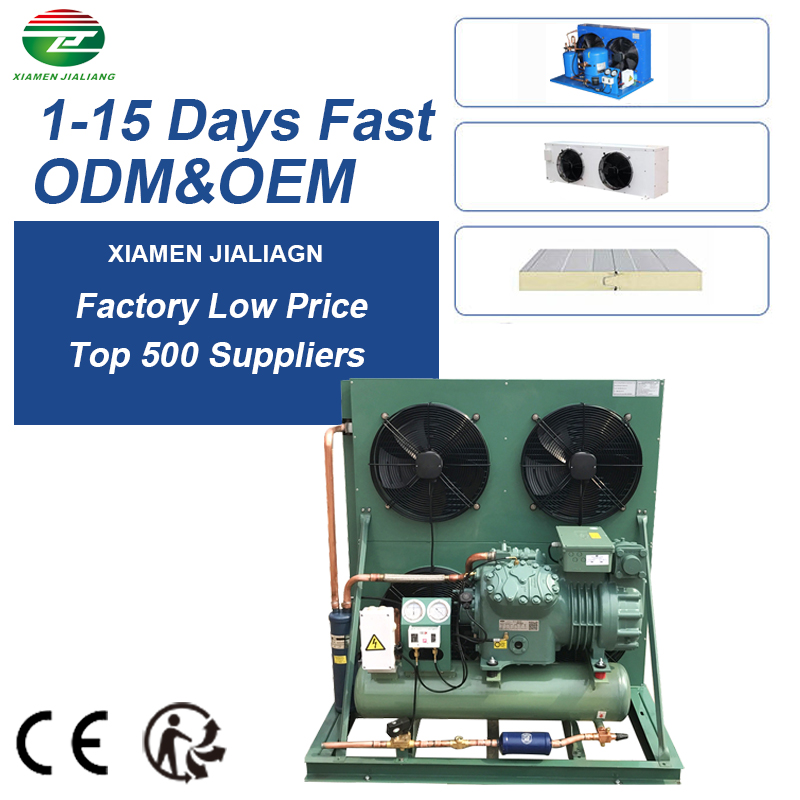Cold Rooms: Cool Solutions for Temperature-Controlled Needs

When it comes to storing perishable goods, maintaining the right temperature is crucial. This is where cold rooms come into play. Cold rooms are specially designed spaces that provide optimal temperature control for a variety of products, ranging from food and beverages to pharmaceuticals and chemicals. These temperature-controlled environments ensure that the quality and freshness of the stored items are preserved, preventing spoilage and maintaining their integrity.
Types of Cold Rooms
Cold rooms are essential in a variety of industries, including food storage, pharmaceuticals, and research laboratories. These specialized rooms are designed to maintain a controlled temperature and humidity level, ensuring the integrity and freshness of the stored items. There are several types of cold rooms available, each catering to specific needs and requirements.
One common type of cold room is the modular cold room. This type of cold room is constructed using pre-fabricated panels that can be easily assembled and disassembled. The modular design allows for flexibility in terms of size and layout, making it suitable for businesses that may need to expand or relocate their cold storage facilities in the future. Additionally, modular cold rooms can be customized with various features such as insulated doors, shelving systems, and temperature control systems.
Another type of cold room is the walk-in cold room. As the name suggests, this type of cold room is large enough for personnel to enter and walk around. Walk-in cold rooms are commonly used in restaurants, hotels, and supermarkets, where a significant amount of perishable goods need to be stored. These cold rooms are designed with easy access in mind, with features such as sliding or hinged doors and spacious interiors that can accommodate pallets or shelves.
For businesses that require a smaller cold storage solution, there are portable cold rooms available. These compact units are designed to be easily transported and can be set up in any location with access to electricity. Portable cold rooms are ideal for events, catering services, or small-scale businesses that have limited space or temporary storage needs.
Lastly, blast freezers are a specialized type of cold room that is used for rapid freezing of products. Blast freezers are equipped with powerful cooling systems that can lower the temperature of items quickly. This is particularly important for preserving the quality and freshness of certain food items, as rapid freezing helps to minimize the formation of ice crystals, which can affect the taste and texture of the food.
Key Considerations for Choosing Cold Rooms
When it comes to choosing cold rooms, there are several key considerations that should be taken into account. A cold room is a vital component of many industries, including food storage and pharmaceuticals, as it provides a controlled environment for temperature-sensitive products. Therefore, it is important to carefully evaluate the following factors before making a decision.
Firstly, the size of the cold room is a crucial consideration. It is essential to determine the required storage capacity based on the volume of products that need to be stored. Whether it is a small-scale operation or a large-scale facility, the cold room should be able to accommodate the desired quantity of goods without compromising on temperature control. Assessing the available space and understanding the specific needs of the business will help in selecting the right cold room size.
Secondly, the insulation and temperature control features of the cold room are of utmost importance. The insulation should be efficient enough to minimize heat transfer and maintain a stable temperature inside the room. This helps in preserving the quality and freshness of the stored products. Additionally, advanced temperature control systems, such as digital thermostats and alarms, ensure that any fluctuations in temperature are detected and rectified promptly, preventing spoilage and potential losses.
Another crucial consideration is the energy efficiency of the cold room. With rising energy costs and increasing environmental concerns, opting for an energy-efficient cold room can significantly reduce operational expenses and carbon footprint. Features such as high-quality insulation, LED lighting, and energy-saving compressors contribute to lower energy consumption. Choosing an energy-efficient cold room not only benefits the business financially but also aligns with sustainable practices.
Maintenance and servicing should also be taken into account when selecting a cold room. Regular maintenance and servicing are essential to ensure optimal performance and longevity of the equipment. It is advisable to choose a supplier or manufacturer that provides reliable after-sales services and support. This ensures that any technical issues or breakdowns can be addressed promptly, minimizing downtime and potential losses.
Conclusion
Cold rooms are essential in industries that require temperature-controlled storage. There are different types available such as modular, walk-in, portable units, and blast freezers. Choosing the right cold room involves considering factors like size, insulation, temperature control, energy efficiency, and maintenance. By evaluating these factors, businesses can select a cold room that meets their specific needs and ensures the safe storage of temperature-sensitive products.

